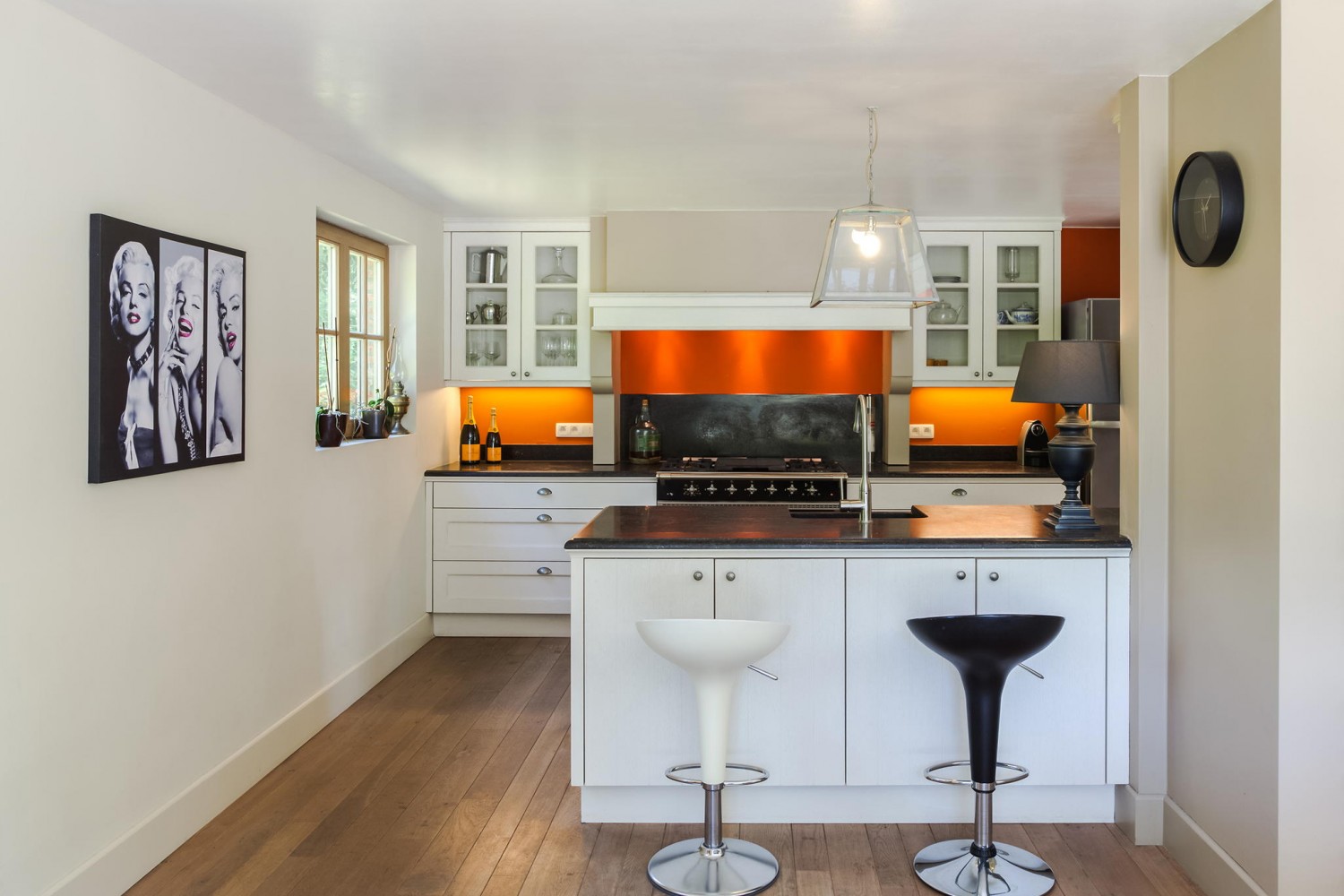Explore The Interesting Odyssey Of Reconditioning Historical Cabinets, Uncovering Surprise Narratives And Deciphering The Enigmas Of Previous Generations
Explore The Interesting Odyssey Of Reconditioning Historical Cabinets, Uncovering Surprise Narratives And Deciphering The Enigmas Of Previous Generations
Blog Article
Post Created By-Drejer Lyons
To start the journey of recovering antique closets, you need a keen eye for information. Visualize discovering concealed secrets within each layer of background embedded in the wood. Picture the complete satisfaction of restoring a once-forgotten item to its previous splendor. cabinet maker description of this meticulous procedure holds the vital to preserving the past while producing a future treasure. So, are you ready to embark on this transformative undertaking and unlock the potential of your antique closets?
Analyzing the Closet's Problem
When beginning the remediation process, begin by examining the condition of the antique cabinet. Thoroughly take a look at the general structure for any indications of damage such as splits, chips, or loose joints. Inspect the wood for any kind of rot, warping, or insect infestation that may have occurred gradually. It's vital to identify the degree of the restoration needed before continuing better.
Next, check the cabinet's equipment such as joints, knobs, and locks. Make note of any type of missing items or parts that require repair work or replacement. Make certain that all equipment is operating appropriately and safely attached to the closet.
In addition, assess the cupboard's coating. Try to find any kind of scrapes, spots, or staining that may impact the visual allure. Figure out if the coating needs to be removed and reapplied or if an easy touch-up will be sufficient.
Gathering the Essential Tools and Materials
After examining the condition of the antique closet, the following action is to collect the needed devices and products for the restoration process. Prior to you begin, ensure you have the following things handy:
- wood cleaner
- sandpaper in different grits
- wood filler
- paint or wood stain
- brushes
- gloves
- safety and security goggles
- a dirt mask
- a ground cloth
- a putty knife
- a hammer
- a screwdriver
- a hoover
These tools and products are essential for an effective remediation.
Wood cleaner is essential for eliminating years of dirt and grime build-up, preparing the surface area for sanding. Sandpaper of various grits helps in raveling imperfections and preparing the wood for a new surface. Timber filler comes in handy for repairing any type of cracks, holes, or damages present in the cabinet.
Repaint or timber stain, in addition to brushes, allow you to tailor the cabinet to your choice. Remember to wear gloves, security goggles, and a dust mask for defense. Put down a drop cloth to protect your work area, and make use of a vacuum cleaner to tidy up any debris.
With these tools and materials gathered, you prepare to start the remediation process.
Implementing the Remediation Process
To successfully carry out the remediation process on your antique closet, begin by completely cleansing the surface area with the wood cleaner. https://average-cost-to-renovate67776.loginblogin.com/34252449/enter-a-globe-of-bespoke-closets-that-will-certainly-redefine-your-living-space-uncover-the-magic-of-individualized-storage-space-solutions is important as it assists eliminate years of dust, gunk, and old gloss that may have accumulated on the surface.
When the cabinet is clean and dry, analyze the condition of the wood. Try to find any kind of fractures, scratches, or other problems that require to be dealt with. custom bathroom renovations to fix any blemishes, making sure to match the filler color to the timber tone for a seamless coating.
After the fixings have actually dried out, delicately sand the whole surface to produce a smooth and even base for the new coating. Be careful not to sand also strongly, as you don't intend to damage the wood below.
As soon as the sanding is total, apply a timber discolor or finish of your choice, adhering to the maker's instructions. Allow the finish to completely dry totally before using a safety leading layer to make sure the durability of your restored antique closet.
Conclusion
Since you have finished the reconstruction process, your antique closet looks just as good as new.
By adhering to the detailed overview, you were able to evaluate, repair, and enhance its condition effortlessly.
With a fresh surface and safety top layer, your cherished piece will remain to radiate for many years to come.
Enjoy the charm of your recovered antique cupboard!
